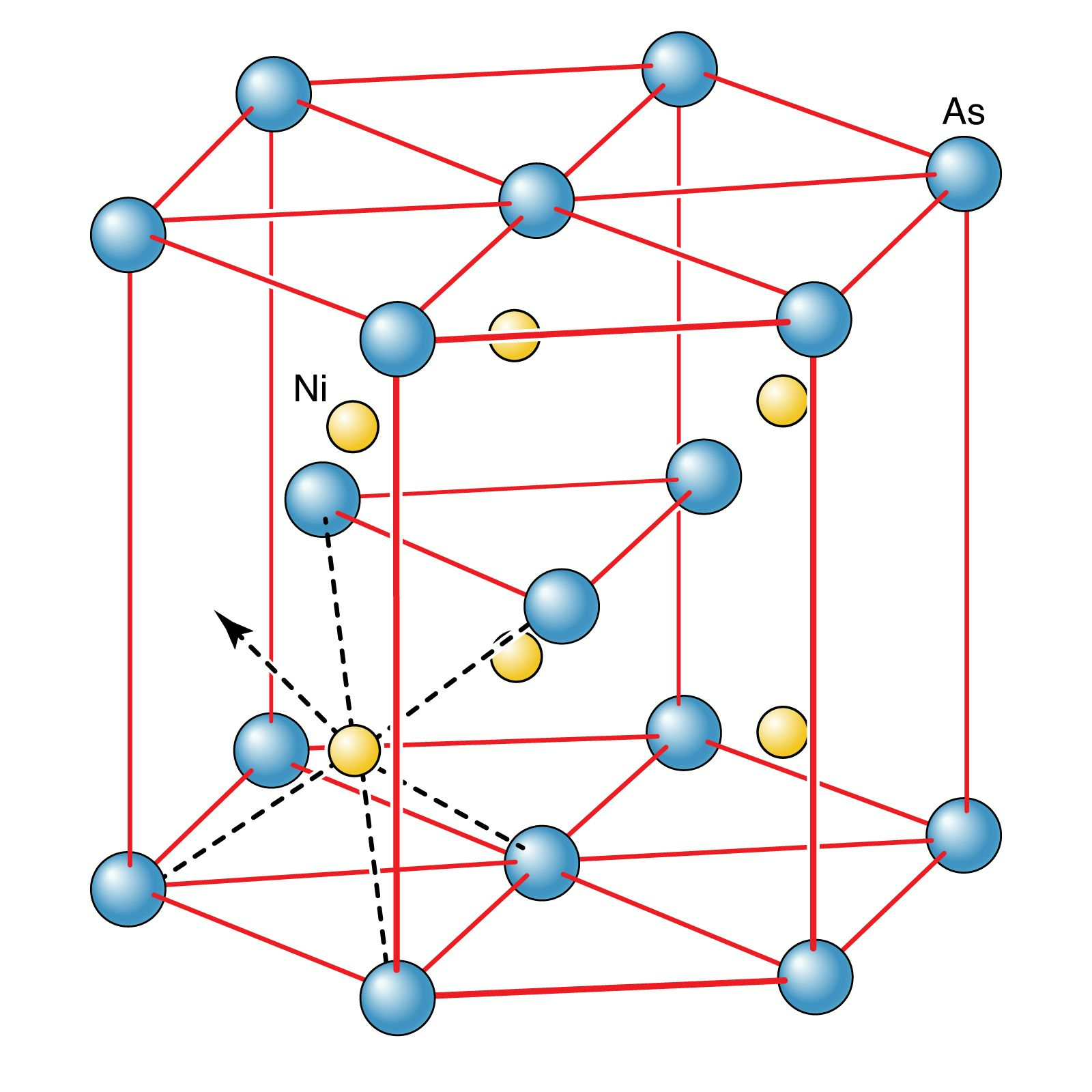
In the world of chemistry, compounds are categorized into two broad classes: organic and inorganic compounds. While organic compounds primarily comprise carbon and hydrogen atoms, inorganic compounds encompass a vast array of chemical substances that do not fit this carbon-based criterion.
Inorganic compounds constitute a fascinating and diverse category of chemical substances that play a vital role in the world of chemistry, industry, and our everyday lives. These compounds are set apart by their distinct characteristics, composition, and the absence of carbon-hydrogen (C-H) bonds, which distinguishes them from organic compounds.Inorganic Compound Definition
Inorganic compounds are chemical compounds that do not contain carbon-hydrogen (C-H) bonds. These compounds are characterized by their diversity and can include metals, minerals, salts, and a wide range of other substances. Inorganic chemistry is the branch of chemistry that focuses on studying these compounds and their properties. In contrast, organic chemistry deals primarily with carbon-containing compounds.
Also Read: Chemical Bonding
Inorganic Compounds Formula
Inorganic compound formulas can vary greatly due to the many elements and chemical structures involved. This are typically represented by chemical formulas, which describe the types and numbers of atoms that make up the compound. These formulas may include elements such as metals, nonmetals, and metalloids. Examples of inorganic compound formulas include simple combinations like NaCl (sodium chloride) and complex structures like CaCO3 (calcium carbonate).| Compound | Description |
|---|---|
| Sodium Chloride (NaCl) | Common table salt. |
| Calcium Carbonate (CaCO3) | Found in chalk, limestone, and marble. |
| Hydrochloric Acid (HCl) | A strong acid used in various industrial processes. |
| Sulfuric Acid (H2SO4) | A highly corrosive acid employed in battery production and numerous chemical reactions. |
| Ammonium Nitrate (NH4NO3) | Used in fertilizers and explosives. |
| Potassium Hydroxide (KOH) | An important industrial base and electrolyte. |
| Silicon Dioxide (SiO2) | The main component of sand and quartz. |
| Magnesium Sulfate (MgSO4) | Commonly known as Epsom salt and used in medical and cosmetic applications. |
| Aluminum Oxide (Al2O3) | Used as an abrasive and in the production of aluminum metal. |
Also Read: Gaseous State
Inorganic Compounds Examples with Chemical Formula
To gain a better understanding of these, let's explore some specific examples along with their chemical formulas:| Compound | Chemical Formula | Description |
|---|---|---|
| Water | H2O | Although it contains hydrogen, water is classified as an inorganic compound due to its absence of carbon-hydrogen (C-H) bonds. |
| Carbon Dioxide | CO2 | Despite containing carbon, it is considered inorganic because it lacks C-H bonds. |
| Sulfur Hexafluoride | SF6 | An inert gas used in electrical equipment and as a gaseous dielectric. |
| Nitric Acid | HNO3 | A potent acid is used in the production of fertilizers and explosives. |
| Ammonium Chloride | NH4Cl | Used in cooling baths, soldering, and as a source of ammonia. |
Carbon-Hydrogen (C-H) Absence: This compounds do not contain carbon-hydrogen (C-H) bonds. This is the primary characteristic that distinguishes them from organic compounds, which are primarily composed of carbon and hydrogen atoms bonded together.
Diverse Elements: It can include a wide variety of elements, such as metals, nonmetals, and metalloids. These elements combine in various ways to form inorganic compounds.
Simple and Complex Structures: They can exhibit both simple and highly complex chemical structures. Some inorganic compounds, like sodium chloride (NaCl), have straightforward structures, while others, such as complex silicates or coordination compounds, can be incredibly intricate.
Ionic or Covalent Bonding: These compounds can form through ionic bonding, covalent bonding, or a combination of both. Ionic compounds typically involve the transfer of electrons between atoms, while covalent compounds involve the sharing of electrons.
Inorganic Acids and Bases: Many of these compounds can act as acids or bases. For example, sulfuric acid (H2SO4) is a strong inorganic acid, and potassium hydroxide (KOH) is a common inorganic base.
Also Read: Equilibrium Formula
Significance of Inorganic Compounds
Inorganic compounds are diverse and indispensable in our daily lives and industrial processes. Here are some key areas where they play a vital role:- Agriculture : Inorganic compounds like ammonium nitrate and various fertilizers are essential for enhancing crop growth and increasing agricultural productivity.
- Medicine : Inorganic compounds are used in medicines and medical procedures. For example, magnesium sulfate is used in Epsom salt baths for muscle relaxation, and silver compounds have antimicrobial properties.
- Manufacturing : Inorganic compounds are integral to manufacturing processes. Aluminum oxide is used as an abrasive in manufacturing, while silicon dioxide is used in glass production.
- Energy : Inorganic compounds are used in batteries, fuel cells, and photovoltaic cells. Sulfuric acid, for instance, is crucial in battery production.
- Environmental Science : Inorganic compounds are studied in the context of environmental chemistry to understand their impact on ecosystems and natural processes.
- Chemical Industry : Many inorganic compounds are used as reagents, catalysts, and intermediates in chemical reactions.
| Related Links | |
| Periodic Table | Hydrocarbon |
| Thermodynamics | Environment chemistry |
Inorganic Compounds FAQs
Is NaCl organic or inorganic?
What are 5 examples of organic and inorganic substances?
What are organic vs inorganic formulas?
Is CH4 organic or inorganic?
Is CO2 an organic compound?










